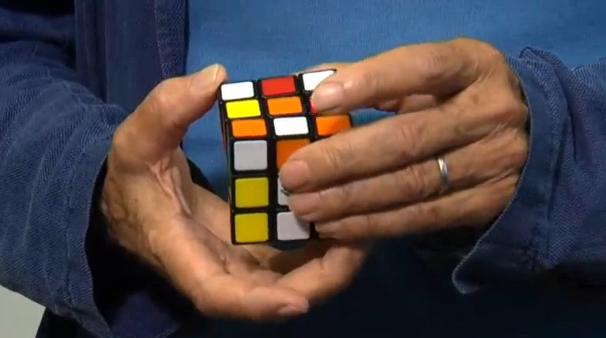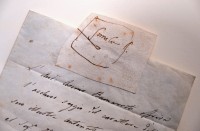
LA PLAINE SAINT-DENIS, France (Reuters) — It’s been over four decades since Hungarian inventor and architect Erno Rubik created his best-selling toy cube, yet it continues to draw thousands to competitions all over the world, including the World Championship taking place this year just outside of Paris.
A challenge for some, maddening for others, over the years enthusiasts have found thousands of ways to solve the puzzle.
The cube takes its name from its inventor who told Reuters on Saturday (July 15) that the toy was initially met with scepticism.
“When I tried to market the cube, the product, the opinion of the trade (the toy industry) was ‘it’s not possible to sell because it’s too difficult’ and the public proved it is possible,” he said.
Over a period of four days, from July 13 to 16, some 1,100 competitors from 70 countries joined the speed cubing event with a variety of contests such as cracking the puzzle with one hand or wearing a blindfold.
To these cut-throat competitors, a fraction of a second could mean a new world record or spell doom in their quest to be named the fastest “cuber” in the world.
Most people are familiar with the standard 3x3x3 Rubik’s cube, but they might be surprised to know in the world of competitive speedcubing, cubers compete with 2x2x2 cubes all the way up to 7x7x7 Rubik’s cubes.








